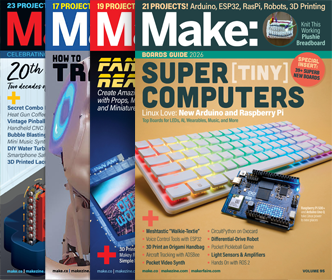Plastic that tracks your balance in real time?
This “Live Checking Card” concept design from Yoon Jin-Young, Lee Jun-Kyo, Lee Young-Ho, and Kim Jin-Yi has been getting a lot of bandwidth around the tubes, lately. Ignoring the details of technical implementation, the notion itself is straightforward: Your check card shows you exactly how much money you have available to spend and tracks that amount, essentially in real time. This idea won the prestigious red dot design concept award for 2009.




